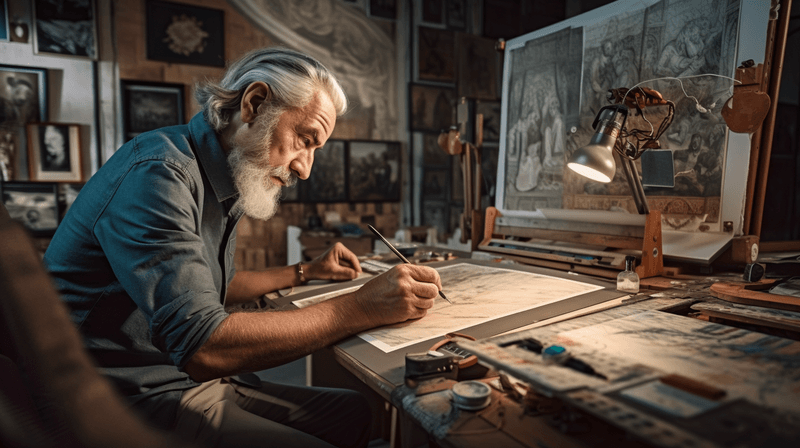Beyond Automation: Exploring the Creative Potential of Artificial Intelligence in the Arts
In the realm of art and creativity, the integration of artificial intelligence (AI) has sparked a revolution, transcending the boundaries of human imagination and technical capabilities. Beyond mere automation of tasks, AI is increasingly becoming a muse for artists, offering innovative tools and inspiring new forms of expression. This phenomenon has led to a paradigm shift in how we perceive and create art.
Traditionally, the creative process was deeply rooted in human intuition, emotion, and experience. Artists, musicians, and writers relied on their unique perspectives and skills to craft masterpieces. However, the advent of AI has introduced a new dimension to this age-old process. Machine learning algorithms, neural networks, and generative adversarial networks (GANs) are among the powerful tools driving this transformation.
One significant area where AI is making an impact is in visual arts. Artists and programmers collaborate to develop algorithms that generate mesmerizing visual compositions. AI-powered art installations, interactive exhibits, and digital sculptures have become increasingly prevalent in galleries and museums. These creations challenge our understanding of art by blurring the lines between human and machine creativity.
Music composition is another domain where AI is reshaping artistic landscapes. AI algorithms analyze vast amounts of musical data, learning patterns and styles from various genres. As a result, AI can compose original pieces of music, imitating the styles of classical composers or even creating entirely new and avant-garde compositions. This fusion of technology and artistry has given rise to experimental music projects and live performances, captivating audiences worldwide.
Literature and storytelling have also witnessed the influence of AI. With natural language processing algorithms, AI systems can generate coherent and contextually relevant written content. While AI-generated novels may not yet match the complexity of human-authored literary works, they raise intriguing questions about the nature of creativity and authorship. Writers and storytellers are exploring collaborative efforts with AI, using its capabilities to enhance their creative process rather than replace it entirely.
Moreover, AI-driven art is not confined to established artists and institutions. It democratizes creativity, allowing aspiring artists and enthusiasts to explore their artistic inclinations with the assistance of AI tools. Online platforms offer user-friendly interfaces that enable individuals with limited technical expertise to create digital art, music, and poetry using AI algorithms. This accessibility fosters a vibrant community of creators, pushing the boundaries of what AI-assisted art can achieve.
In essence, the integration of AI in the arts challenges our preconceived notions of creativity. It invites us to consider AI not as a threat to human expression but as a catalyst for innovation and collaboration. As artists continue to explore the creative possibilities offered by AI, the future of art promises to be a harmonious blend of human ingenuity and artificial intelligence, enriching our cultural landscape in ways previously unimaginable.
